We have tailor-made a 14-day combined culture and safari trip, which gives you the opportunity to experience a string of natural scenery, magnificent animal experiences, and meet the local people on their terms, far from classic tourism. In short, a journey that gives you the opportunity to experience a real African adventure up close.
Entebbe is a beautiful little oasis on a green peninsula surrounded by Africa’s largest lake, Lake Victoria. The city was the seat of government of the British Protectorate until independence in 1962. It houses Uganda’s largest airport, which became world famous for Israel’s dramatic rescue of more than 100 hostages captured by a Palestinian resistance group in 1976.
When you have made it through passport control at the airport, your Danish tour guide and local tour guides/drivers are ready to welcome you. Together we drive to our hotel, where there will be an opportunity to have a refreshing shower before we get ready for the first highlight of the journey.
We are going to visit the botanical garden and enjoy the park’s wonderful animal and plant life. The park was established back in 1898 and is literally right in the middle of the Equator. The garden is divided into different zones, including a rainforest zone. The rainforest was used as a backdrop for several of the scenes with Johnny Weissmüller as Tarzan in the 1940s. In addition to trying your hand at the art of swinging in a creeper and letting out the characteristic Tarzan roar, there are good opportunities to see different mares, such as black-and-white Colobus monkeys, and several different bird species.
If desired, a boat trip to Mabamba Bay Wetland can be arranged. The marsh area is home to more than 250 species of birds, including the rare and mysterious-looking wooden shoebill. It has a body length of 150 cm and a wingspan of well over 2.5 meters, making it one of the world’s largest birds. The trip must be booked well in advance of departure.
We continue the journey to the country’s lively capital, Kampala, with a population of 3.3 million people. Historically, it was the capital of the Kingdom of Buganda built on 7 mounds. In line with the ongoing development, the capital now spreads over more than 20 hills, and is still growing. The city is dynamic and engaging, and today we are going out to experience it up close.
We begin today’s sightseeing by visiting the Gaddafi Mosque. With numerous ornamented arches and copper domes, the mosque dominates Old Kampala Hill. The mosque was completed in 2006 and can accommodate up to 15,000 worshippers. Outside of prayer time, it is possible to climb the 304 steps to the top of the minaret and enjoy the spectacular view of the city.
From there, we go out to experience how ordinary Ugandans live and breathe when we go out to visit the city’s largest slum area, Katwe. It is an area that has typically been characterized as a centre of African ingenuity – where artisans make woodwork and craftsmen repair all manner of electronic devices. The district has undergone improvements over the years as new infrastructure has come up.
We continue to the lively Owino Market, the city’s largest open market. The market opened in 1971 and it is estimated that there are 50,000 traders, 70% of whom are women. The Owino market is particularly known for its sale of second-hand clothes, but everything from spices to household appliances can be bought. It can be quite a chaotic experience to move around among all the stalls, but it gives us a fantastic insight into the life of ordinary Ugandans.
After lunch we go out and experience the colourful Nakasero Market, where all kinds of fresh produce are sold – eggs, fish, chickens, fruit and vegetables of all sizes and shades.
We end today’s sightseeing by visiting the Bahá`i Temple, which was built in the years 1958-1961. The temple is home to the Bahá`i believers, who are the newest of the independent world religions. It is a monotheistic religion founded in 1863 and has its own holy scriptures. Central to the religion is that the earth is one country, and humanity its inhabitants.
The day and evening will end in style when we witness traditional dance and music performed by the Ndere troupe. They are composed of members from various ethnic groups and have achieved international recognition on their world tours.
After a wonderful morning meal, it’s time to get out and have some very special and unique experiences.
We start the morning by visiting the disability project in Ggaba. Many disabled children live in the Ggaba area, where the project is located. Children who do not go outside the home, both because there is no money for it and because disabled people are looked down upon in Uganda.
After a memorable visit, there is time for another unique experience when we go on a cooking course – Ugandan Style. Food is a very important part of the culture of most countries, and this also applies to Uganda. That’s why we’re going out to try our hand at Ugandan cuisine and have an experience that very few tourists get to experience.
After a delicious home-cooked lunch, it’s time to continue the journey west to Kibale Forest National Park. We have 2 nights in small, charming cabins at Turaco Treetops Lodge with a scenic view of the forest and wildlife.
It’s time to get out and have an adventurous animal experience when we go out with a ranger to look for chimpanzees in Kibale Forest National Park. The park is one of the few places in the world where we can still experience chimpanzees in the wild. The tropical forest is home to approx. 1500 chimpanzees and 12 other primates, including the black-and-white Colobus monkey, the red-tailed monkey and the white-cheeked Managbey. The chimpanzee is, together with the gorilla, man’s closest relative, with whom we share 98-99% of our genes.
In the afternoon we will go hiking in the fascinating Bigodi Wetland Sanctuary, located in the Magombe Swamp. The area is known for a wide range of biological diversity, including baboons and mares, and the rare Sitatunga antelope.
For bird enthusiasts, the area is a true paradise, as the swamps are home to more than 200 species of birds, including the blue turaco, hornbills, kingfishers, and weaver birds.
After a few hours of leisurely hiking, it’s time to return to our cabins and enjoy a sundowner while we compare photos from the day’s animal experiences.
After breakfast we leave Kibale and drive south along the Rwenzori Mountains or Moon Mountains, located in the border area between Uganda and Congo. Several of the mountains are quite high – 6 of them are over 4,600 meters high, of which Mount Stanley with its 5,110 meters is Africa’s 3rd highest mountain.
On today’s journey we pass several small villages and tea plantations. We stop at one of them and learn a little more about the process from picking the leaves to sitting and enjoying a cup of tasty tea at home on the sofa.
We pass the Equator on the way, where it becomes possible to take pictures lying down, standing upside down or with one leg on either side of the line that separates the northern and southern hemispheres.
In the afternoon we will go on a game drive in the Queen Elizabeth National Park.
Today we will get up early and go on a game drive when the animals are most active. Although Queen Elizabeth is the most popular park in Uganda, there are very few tourists compared to the national parks of Tanzania, South Africa, and Kenya. So, it is a bit of a luxury to be on the first floor of the wildlife without being disturbed by others.
The park is home to 4 of the 5 animals of The Big Five – the rhinoceros, the lion, the leopard, the elephant, and the buffalo. The term dates back to the 1800s, when big game was hunted on foot. The hunters judged that these five animals were the most difficult and dangerous to kill.
In the afternoon we go out to experience one of the park’s absolute highlights when we go sailing on the Kazinga Channel, which divides the Queen Elizabeth National Park in 2. The 35-kilometer-long natural channel connects the 2 lakes Lake Edward and Lake George.
In the boat, we sail very close to the shore, so that we can experience the mighty animals in their right element. A number of buffaloes and elephants also come down to drink and bathe. There is also an impressive birdlife with lots of herons, ibises, kingfishers, cormorants, storks, and pelicans. After the boat trip, we go on a game drive on the way to our lodge.
After a wonderful breakfast, we continue our journey south, where we will have an experience out of the ordinary. We are going to visit the Batwa people who live on the edge of the rainforest. The Batwa (pygmies) was called “Keepers of the Forest” because they lived in harmony with the rainforest. They lived in small huts made of leaves, branches, and grass, and dressed in the skins of the animals they killed. They hunted small game, such as monkeys, small antelopes, and wild pigs, with bow and arrow, and gathered plants and fruits in the forest.
Thus, when we visit them in their community it is not only a way to learn more about their traditional way of life, but also a way to support a people and a culture that has been almost wiped out by modern development.
At the end of our visit, the women and men show us their traditional dances and songs, as they have done for centuries.
After a rare insight into a traditional tribal culture, where faith and superstition go hand in hand as a treatment method, and where we gain a closer insight into how to live and survive in nature, it is time to drive to our hotel for the night.
After a wonderful night’s sleep, it’s time to drive to one of the most beautiful places in Uganda – Lake Bunyonyi. When Winston Churchill visited the area, he called it the “Switzerland of Africa”. The area is dominated by terraced agriculture on the steep slopes. Bunyonyi means “place of many small birds”, which it lives up to with its more than 200 bird species.
As it should be when you are in Lake Bunyonyi, we spend the night on one of the islands. We sail with our luggage out to Nature’s Prime Lodge, which gives us a fantastic vantage point to experience the beauty of nature in a completely unique African environment. We either live in wooden cabins or tents that fit perfectly into the surroundings.
In the afternoon we go on a canoe trip and experience life on the water’s surface. We sail past Punishment Island, which got its unflattering name from a practice that was abandoned in the 1940s. Until then, the small island was used as a traditional way of punishing unmarried women who became pregnant. The women were placed on the island, where they could starve to death or drown trying to swim to the mainland. However, the women were often rescued by poor men who could not afford to pay the standard bride price and did not mind the stigma.
We put ashore at another island, where we visit a school and a hospital that treats people from the area. We sail back to our lodge for the night and while we warm ourselves by the fireplace, we hear anecdotes from the area.
After a delicious breakfast to the sound of lapping waves and birdsong, it’s time to sail back to the mainland and continue our journey to Bwindi Impenetrable Forest in the southwest corner of Uganda, where we stay for 2 nights.
Bwindi covers an area of 331 km², lies at an altitude of 1100–2600 meters, and contains one of the richest ecosystems in Africa. It is estimated to be 25,000 years old and is thus one of the world’s oldest rainforests. There are more than 160 different types of wood, including the beautiful reddish-brown African mahogany. The rainforest is home to more than 350 bird species, 220 butterfly species and 120 different mammals. And then the rainforest is also a habitat for over half of the world’s remaining population of mountain gorillas, with around 600 in total. The mountain gorillas live in only 2 places in the world – in Bwindi and then in Virunga, located in the border area between Congo, Rwanda, and Uganda.
After an early breakfast, one of the greatest experiences of the journey awaits, when we go trekking after the mountain gorillas. We drive to the entrance to the national park, where we are registered and given a detailed briefing on the procedures regarding our encounter with the mountain gorillas. While we are being briefed, the rangers decide which mountain gorilla families we will visit. Since gorillas are not always in the same place, it can take anywhere from an hour to half a day to find them.
We spend an hour with the mountain gorillas, where we experience how they interact, communicate, and eat. And that hour just flies by. To meet our closest relatives among the animals with whom we share 98-99% of our genes is a huge experience. Although fighting your way through the jungle can be tiring, it is worth all the effort. It is a completely unique and emotional experience that you have to experience to fully understand.
When we have said goodbye to the mountain gorillas, we hike through the jungle to our starting point and from there drive back to our lodge, where we can exchange stories, photos, and videos.
After a wonderful night’s sleep with mountain gorillas on the retina, it is time to say goodbye to Uganda and drive towards the border with Rwanda. The border formalities take a little over an hour, and then we continue our journey to Muzanze (Ruhengeri), where we will experience the Karisoke Research Centre, established by Dian Fossey in 1967, and hear more about their work.
Dian Fossey was one of the pioneers in working with mountain gorillas, to which she literally dedicated her life. She studied them daily in the rainforest of Rwanda’s Virunga National Park and set up her research centre in that connection.
In the late afternoon there is an opportunity to get out and have another experience out of the ordinary when we go down to the border between Rwanda and the Democratic Republic of Congo. There is a huge leben at the border crossing, which thousands of people cross every single day. To that extent, it is a fantastic spectacle that we can stand and watch.
After breakfast, we go down to Lake Kivu, which is on the border between Rwanda and the Democratic Republic of Congo. The lake is 90 kilometres long and 50 kilometres wide, and with its depth of 485 metres, it is Africa’s deepest freshwater lake.
We are going to visit a traditional fishing village and get a closer look at life as a fisherman.
When the sun goes down, life begins in the small fishing villages around the lake. The fishermen get ready for another night’s work and accompanied by the flute and song, row out to the middle of the lake. They sing and whistle to keep rhythm with each other. They typically sail in groups of three boats looking for sambaza, which look like a small sardine, and tilapia. Although the profession is global, the process is unique to the area – the fishermen’s nocturnal journey across the lake with their melodious songs and bright lanterns is truly captivating.
The light from the lanterns is used to attract the curious sambaza, which are then caught in the net that stretches under the three linked fishing boats. Although from a distance it looks like the three boats are separate, they are connected by flexible eucalyptus poles. It takes patience to fill the net, and they typically fish all night before returning to shore. After the net has been reeled in, the evening’s catch is sorted, and damaged or rotten fish thrown away. They hope to catch between 30 and 100 kilos of fish in one night. However, it is not a particularly lucrative business, as each fisherman earns approx. 10,000 Rwandan francs, equivalent to 65 Danish kroner, every month.
After the visit to the fishing village, we continue our journey further south-east towards the capital Kigali, where we spend 2 nights.
After breakfast, we take a few steps back in time and spend the day on Rwanda’s past. Because no trip to Rwanda will be complete until we also get an insight into the terrible genocide that took place in 1994. Not to dwell on the past, but to gain a better understanding of how far the country has come since then.
In the years leading up to the genocide, the Tutsi had been the subject of massive hate campaigns from various Hutu-controlled radio stations and newspapers. The media portrayed the Tutsis as cockroaches and told the Hutus, bluntly, that it was necessary to exterminate these vermin.
We begin the day by visiting the 2 churches Ntarama and Nyamata, both of which are today memorials for the genocide. Both churches are located south of Kigali and the areas were formerly home to many Tutsis.
We continue to the Kigali Genocide Memorial, which serves as a museum for information and where locals meet, commemorate, and be reminded that history must never repeat itself. We have dinner at the Hôtel des Mille Collines, known from the film “Hotel Rwanda”, where 1,268 Hutus and Tutsis sought refuge and saved their lives during the genocide.
Enjoy the last morning atmosphere in Rwanda before we get ready to go to Kigali International Airport to begin our journey home. Tired, but filled with lots of lovely holiday memories, new friendships and, of course, unique camera shots.
Get all the help, call +254 791 918888 or email us at info@evergreen-escape.com.
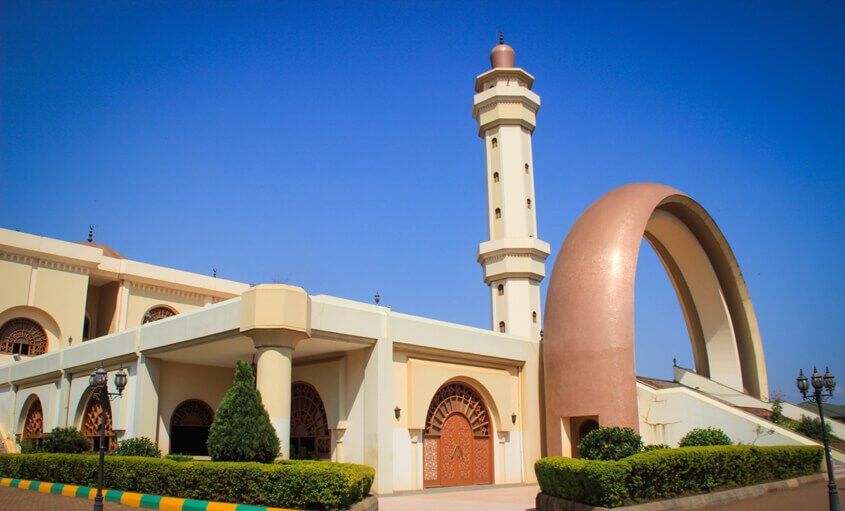
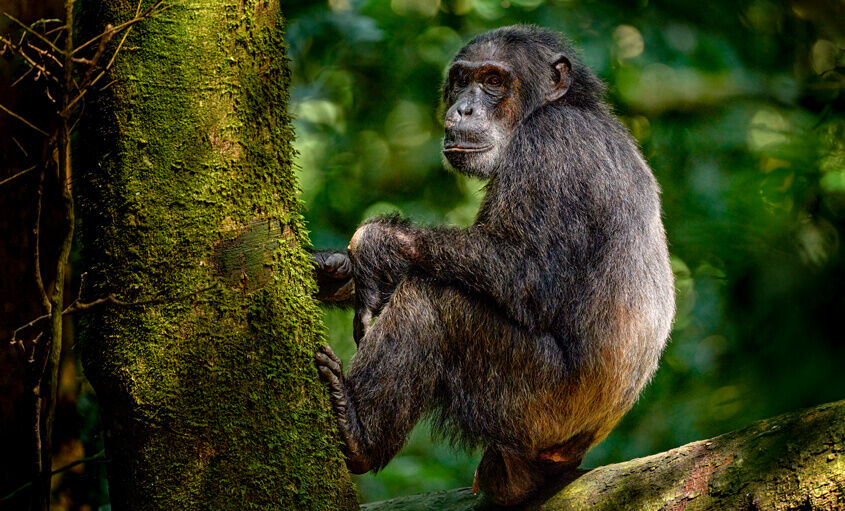

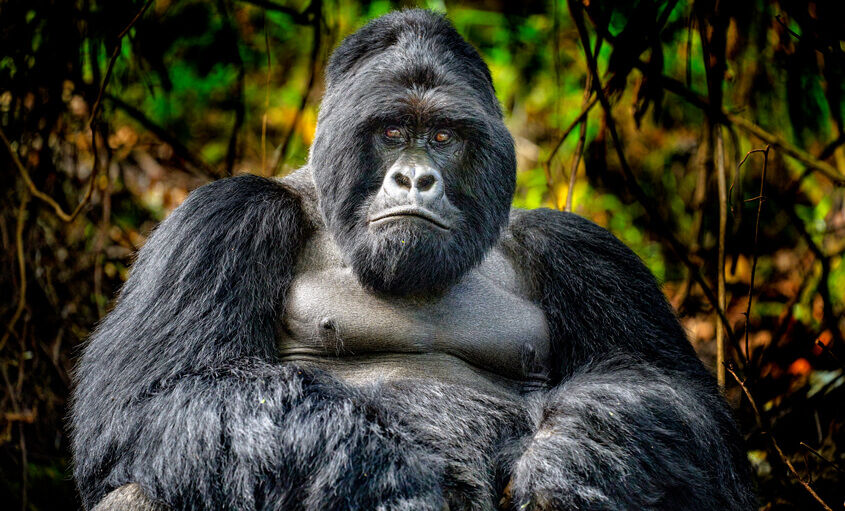
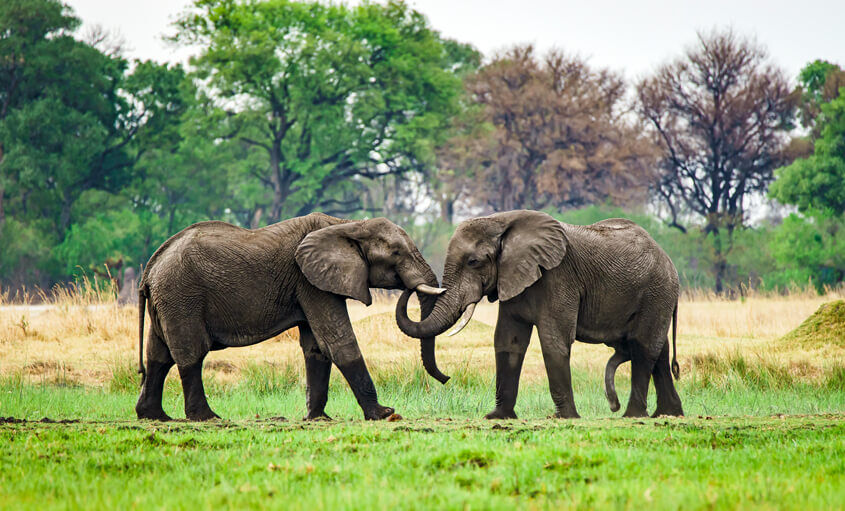
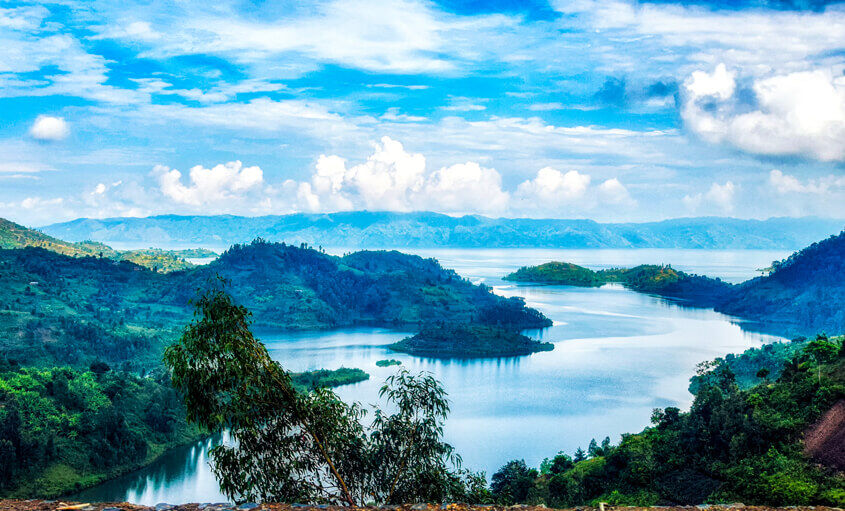
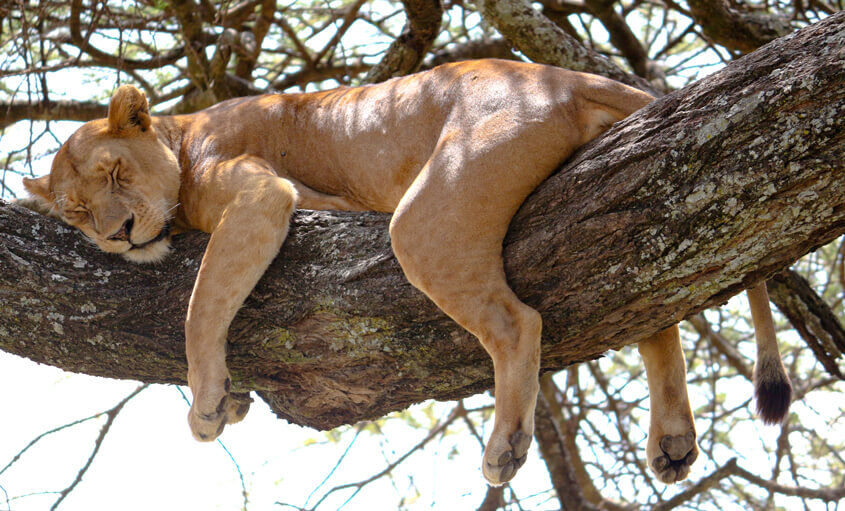

Whether you’re planning a safari, or have a question about traveling to Africa, our Travel Specialist would love to respond to your inquiries. Drop us a message.
Thank you for considering this safari. We look forward to having you on this wonderful safari. Complete the form below and we will be in touch to finalise arrangments.